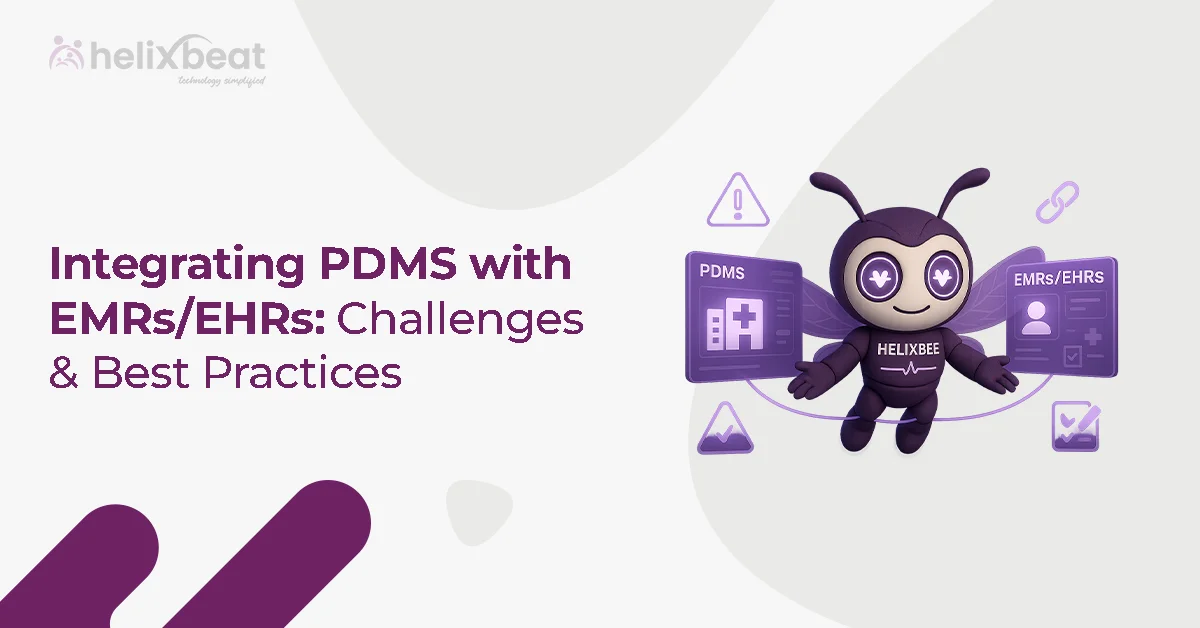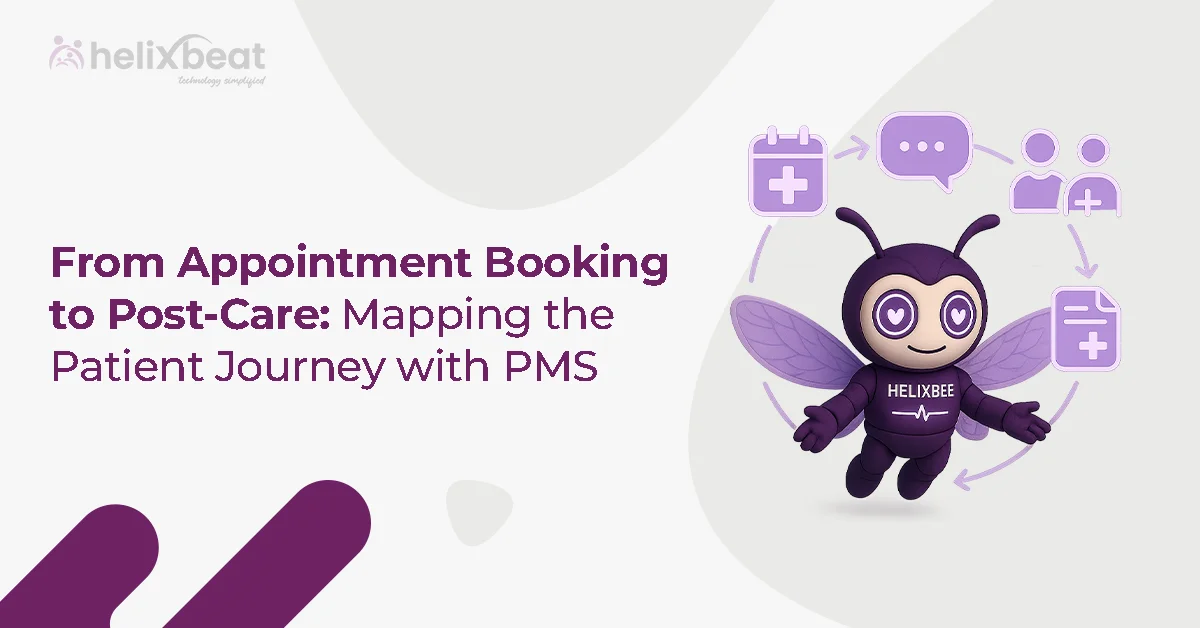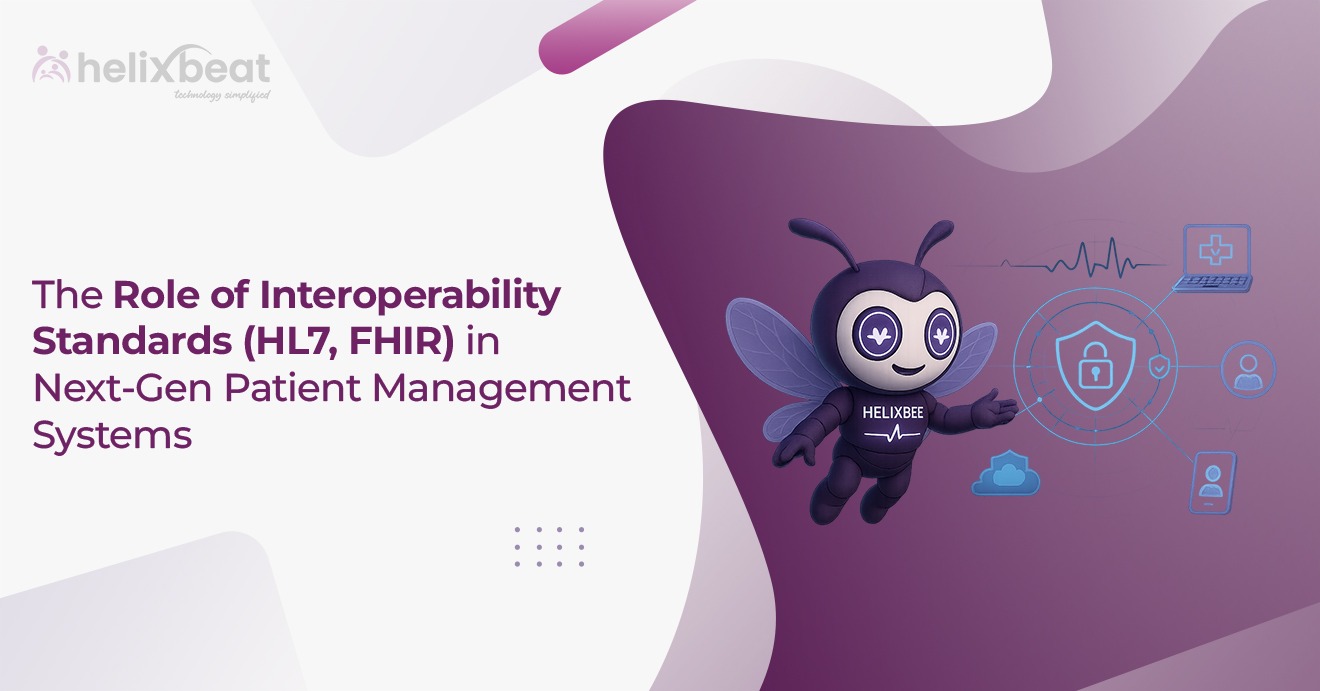In 2025, managing medical records is more important than ever. Today, healthcare providers need quick access to patient information, better compliance with rules, and improved patient outcomes. So, how can healthcare providers keep up with these demands and thrive?
In this blog, we’ll share 10 tips to help you stay on top of medical practice record management in 2025.
Table of Contents
1. Adopt Electronic Health Records (EHR) Systems
Electronic Health Records (EHR) remains the gold standard in practice record management. By converting paper-based patient records into digital format, EHR systems make it easier to store, access, and update patient data. One of the key advancements in EHR systems is the integration of FHIR (Fast Healthcare Interoperability Resources). FHIR helps break down data silos by standardizing healthcare data.
To get the most out of an EHR system, it’s important to choose one that fits your practice. Whether you need customizable templates for specialized fields or a simple, user-friendly interface, the right EHR system will streamline your operations and improve your patient experience.

2. Implement Cloud-Based Solutions for Accessibility
Healthcare providers today are increasingly turning to cloud-based solutions for practice record management. Cloud platforms provide a secure and accessible way to store medical records. This is particularly useful for practices with multiple locations or healthcare providers who need to collaborate across different specialities.
Cloud-based record management also offers benefits like automatic backups, scalability, and advanced security features, which help mitigate the risks associated with data loss or unauthorized access. These features make cloud-based systems a top choice for modern practices aiming to streamline their record management processes.
3. Focus on Data Accuracy and Completeness
One critical aspect of practice record management is the accuracy and completeness of patient data. Incomplete or incorrect records lead to errors in diagnosis, treatment plans, and billing, which affects patient safety and your practice’s reputation.
Therefore, it’s important to train staff to input information correctly and implement regular patient record audits. Establishing a clear workflow for record updates and verifying patient information during each visit can help reduce errors and improve care quality.
4. Embrace Automated Workflow Tools
Automated workflow tools can streamline your practice record management. These tools take over repetitive tasks like scheduling appointments, checking in patients, and updating records after consultations.
Automation also reduces the likelihood of errors and helps maintain consistency across your practice. By investing in an automated system, you’ll not only make your operations run smoother but also improve the overall experience for your patients.
5. Standardize Medical Record Formats
Standardization is a key element of effective medical practice record management. Inconsistent formats across patient records can lead to confusion, wasted time, and missed opportunities for collaboration among healthcare professionals. Therefore, practices should adopt standardized formats for documenting patient information, such as structured templates for medical histories, diagnoses, and treatment plans.
Standardizing medical records also improves the ability to exchange information with other healthcare providers, making it easier to deliver coordinated care.
6. Strengthen Security with Distributed Ledger Technology (DLT)
Unlike traditional systems that store data in a single location, Distributed Ledger Technology (DLT) creates a decentralized network where records are securely shared and verified across multiple nodes. This makes it nearly impossible for hackers to tamper with the data or gain unauthorized access.
By adopting this cutting-edge technology as part of your record management system, you can strengthen security, streamline compliance with regulations like HIPAA, and provide patients with greater peace of mind.
7. Use Data Analytics for Informed Decision-Making
Integrating data analytics into medical practice record management will play a key role in the coming years. By leveraging data analytics, healthcare providers can gain insights into patient health trends, treatment outcomes, and overall practice performance. This data can help identify areas for improvement, optimize resource allocation, and inform clinical decisions.
For example, analytics can reveal patterns in patient appointments, which can help you optimize scheduling, reduce wait times, and allocate resources more effectively. It can also help monitor treatment progress, identify at-risk patients, and offer proactive care.
8. Promote Patient Portal Access for Better Engagement
Offering a secure, easy-to-use patient portal will directly influence better health outcomes today. These portals allow patients to access their medical records, check test results, schedule appointments, and communicate directly with their healthcare team—at any time.
A well-designed portal boosts patient satisfaction and helps patients take a more active role in managing their health. By simplifying communication and reducing the need for administrative calls, your staff can focus more on delivering quality care.
9. Focus on Compliance with Regulatory Standards
As healthcare regulations evolve, practice record management systems will prioritise compliance with standards like HIPAA, the 21st Century Act, etc.
Therefore, it’s important to stay up-to-date with regulatory changes and ensure your record management systems align with industry standards. Regular audits and staff training on data privacy laws will help your practice comply with the latest regulations.
10. Train Staff on Proper Record Management Practices
Even with the best technology and systems, medical practice record management ultimately depends on the people managing it. Therefore, staff training is vital to ensure everyone in your practice understands the importance of accurate, timely, and secure record management.
Ongoing training should cover everything from how to enter data correctly into EHR systems to best practices for patient confidentiality. Regular training sessions, coupled with a culture of accountability, can go a long way in maintaining high record management standards.
PULSE: Modernizing Patient Care and Practice Operations
PULSE is an advanced patient management software designed to revolutionize healthcare administration by streamlining operations and enhancing patient care. It combines everything a clinic or hospital needs—appointment scheduling, patient registration, billing, and clinical documentation—into one seamless, easy-to-use platform.
With its intuitive interface, PULSE helps healthcare teams manage patient workflows more efficiently, which reduces time spent on manual processes and administrative tasks. Secure access to electronic medical records (EMR) means doctors and staff can quickly view patient histories, lab results, prescriptions, and treatment plans all in one place. This not only improves coordination but also speeds up clinical decision-making.
Features like automated appointment reminders help reduce missed visits, while the integrated billing module simplifies invoicing and payment tracking. PULSE also offers real-time dashboards and actionable analytics, giving providers clear insights into operational performance and patient trends.
Whether you’re running a clinic, a diagnostic centre, or a multi-speciality hospital, PULSE adapts to your unique workflow. It helps teams work smarter, collaborate better, and deliver consistently high-quality outcomes. More than just software, PULSE is a complete practice management solution designed for modern healthcare environments.
Final Thoughts
Effective medical practice record management is necessary for providing high-quality care, maintaining compliance, and optimizing operational efficiency. So, whether adopting a new record management system or refining your current processes, these tips will serve as a solid foundation for success.
If you’re curious about how PULSE can transform your medical practice record management, contact us today to learn more!
FAQs
1. How can cloud-based solutions benefit my practice record management?
Cloud-based systems provide secure, easily accessible storage for medical records, which is especially useful for practices with multiple locations. They offer automatic backups, scalability, and advanced security features to protect patient data.
2. How can Distributed Ledger Technology (DLT) improve security in record management?
DLT decentralizes patient data, making it harder for unauthorized individuals to access or tamper with records. It strengthens security and streamlines compliance with regulations, providing an extra layer of protection for patient information.
3. What role do patient portals play in record management?
Patient portals give patients secure, real-time access to their medical records, appointments, and test results. This promotes patient engagement, improves satisfaction, and reduces administrative workload for your staff.
4. Why is standardizing medical record formats so important?
Standardized formats improve collaboration, reduce confusion, and ensure consistency in documenting patient information. They also make exchanging data with other healthcare providers easier and improve care coordination.














